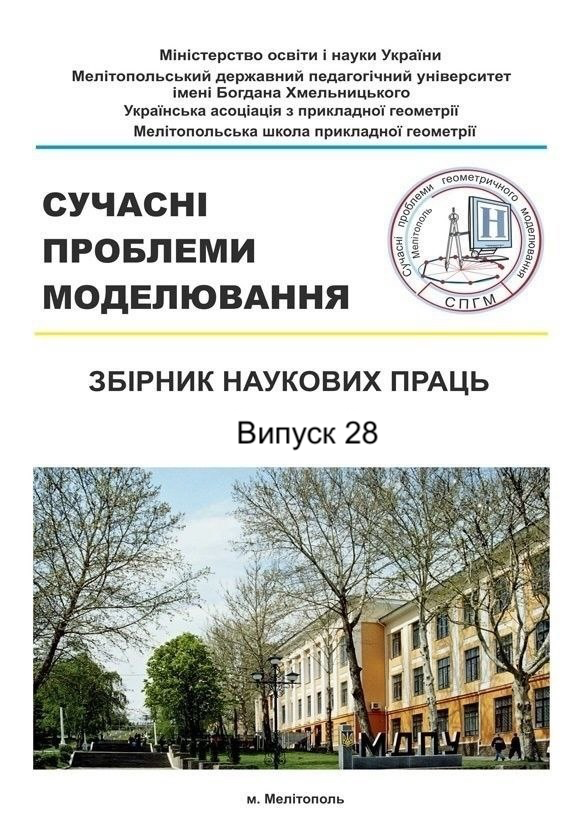AERODYNAMICS AND AESTHETICS AS THE MAIN FACTORS IN THE SHAPE OF CAR BODY PARTS
Abstract
One of the defining indicators of body aerodynamics is its dimensions and shape. The interaction of car body elements during movement with the air flow, namely the ability to reduce air resistance, is characterized by the streamlining of its shape. In addition, the features of the body shape are a key factor in the aesthetic perception of the car as a finished product.
The capabilities of modern CAD, as well as the ability to integrate them, make it possible to carry out a preliminary analysis of the functionality of the future product using virtual tests.
An important aspect when designing body parts is compliance with the design concept of the future car. Assessment of the appearance of the finished product is also provided by CAD visualization tools. Computer prototyping allows, based on an existing object, to make modifications to the geometry of the digital model in order to improve its final characteristics. Currently, the development of objects of any type is impossible without creating their 3D model. Using the reverse engineering method allows you to quickly obtain three-dimensional computer prototypes for their further optimization. Thus, photogrammetry, as one of the reverse engineering tools, allows you to reproduce digital models of vehicle body parts according to the original or its fragment.
This work analyzes historical and technical factors that influenced the development of the shape of the car body. It is proposed to use the reverse engineering method to assess the streamline of the car based on a comparative analysis of the values of the aerodynamic drag coefficient of a surface simplified 3D model of the body and obtained using photogrammetry from a real object.
Key words: aerodynamic drag coefficient, body shape, shaping, design, three-dimensional modeling, photogrammetry, reverse engineering, Autodesk Inventor Professional, Autodesk ReCap Photo.




